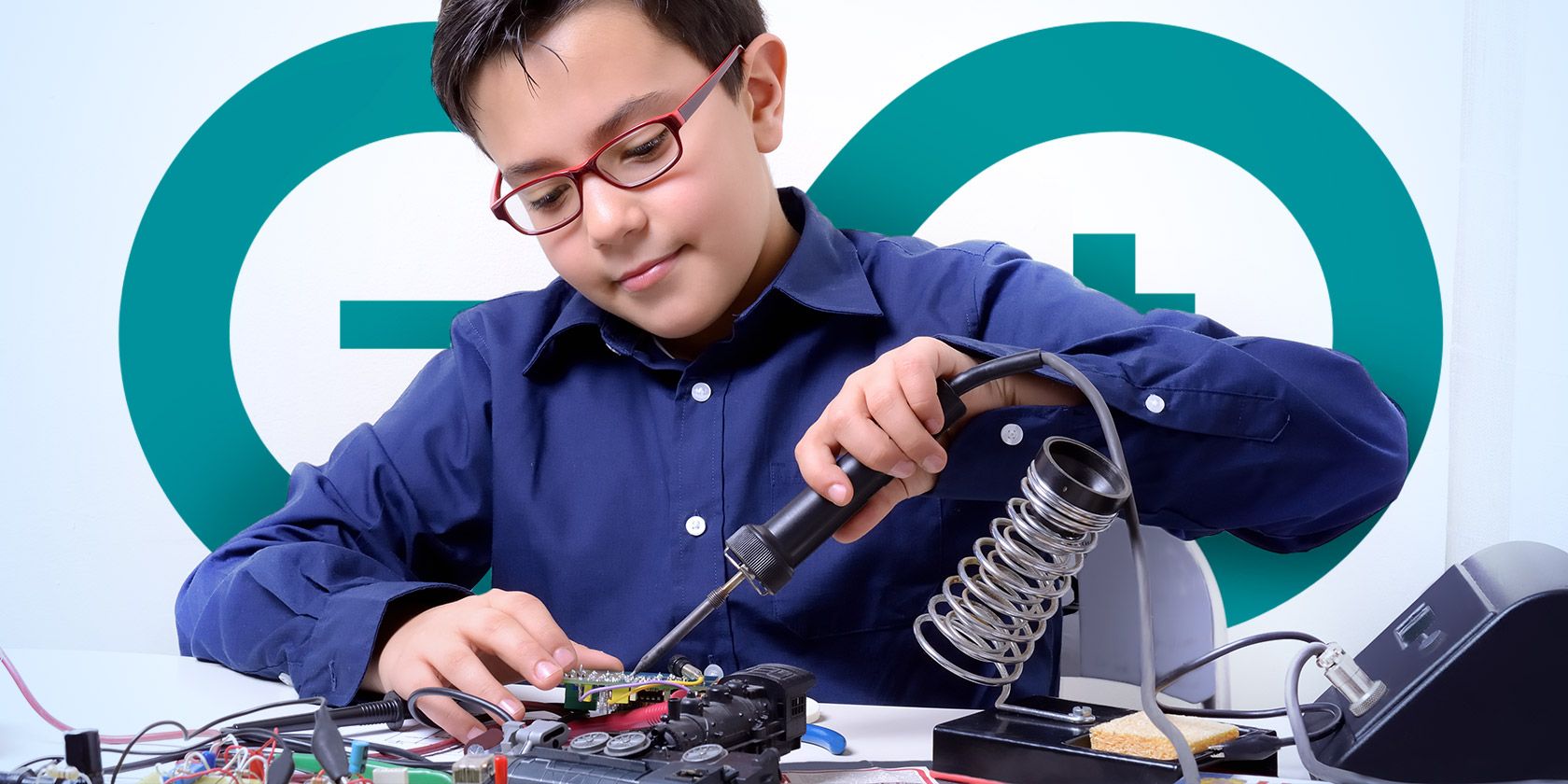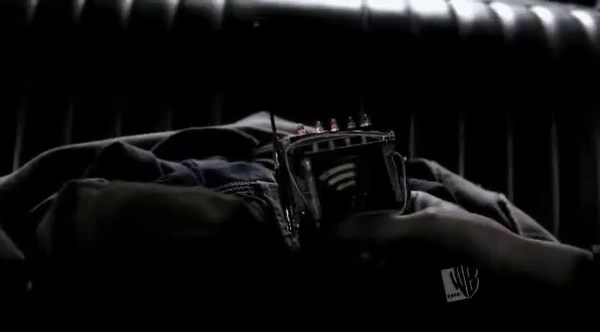If you're interested in electronics at all, you've heard of the Arduino open-source electronic prototyping platform. If you're just hearing about it now, you're in for some fun!
Arduino is an open-source hardware design, so anyone can use the plans to make and sell their own boards. The companies that make the different boards also offer a variety of beginner's kits, which typically include an Arduino (or "Arduino compatible") board and all sorts of electronic components: bread board for prototyping, sensors, relays, servo controllers and motors, jumper wires, LEDs …or any combination of those and more.
The official Arduino starter kit is overpriced at well over $100, and doesn't come with an awful lot of components. Instead, consider this third party Arduino-compatible starter kit from Sunfounder, which comes with a number of LEDs, dials, and other fun stuff. It's one of the favorite Arduino kits around here. If you want to see if working with electronics is something you'll like, what's $60?
The Elego UNO Project Super Starter Kit is another well-appointed set. It's also under $60 and you get a good board with a lot of quality electronics components.
Most people will do the common beginner's projects like making a traffic light. But you're a MakeUseOf.com reader. You're amazing. So why not let your first Arduino project be amazingly cool too? Let's take a look at 5 different amazing and unique projects anyone can make with an Arduino starter kit. Read all the way to the end to see one device that could be so fun, it's scary.
Detect Lies with Tin Foil, Wire, and Arduino
This is just for fun. You can't really detect lies with this project. But you can learn about how what we think and feel affects what our body does. That's pretty cool. This project detects electrodermal activity. You might know it as galvanic skin response (GSR), from TV cop shows.
Everything you need to build this is in the kit, except some tin foil and Velcro. There's a good chance you have those in the house already. Basically, you connect a ground wire to the tinfoil, make an electrode wrap, hook that up to the Arduino properly and add the right program. An Arduino program is called a "sketch". Then have some fun asking your friends questions and see what the device says.
A Simple Arduino Battery Tester
Anybody can use a store-bought battery tester, but not just anyone can build one. Okay, maybe anyone can if they have an Arduino starter kit. Using your Arduino board, 3 LEDS, bread board, a Zener diode, and some of the jumper wires, you can make a unit to tell you roughly how much juice is left in your battery. Plus it gives you an excuse to say Zener diode. Throw that in your next conversation with your buddies for some instant electronics geek cred.
If you enjoy making that one, consider adding a readout to your LCD module. Then you could get exact voltages. If your kit doesn't come with a Zener diode, you can get 10 of them for about $7.00. Never hurts to have a few spares. Gives you more chances to say Zener diode later on.
Home Made Arduino RADAR
One of the great things about learning to build stuff with an Arduino, is how it can often help you learn about other technology. In this case, it's radio detection and ranging (RADAR).
Using the ultrasonic sensor, servo controller and motor, the Arduino board and some other bits, you can make a sweeping RADAR device. If you take the time to work out the math in the sketch, it can be surprisingly accurate about the distance of things it sees. This project uses another piece of software called Processing, which looks a lot like the Arduino app, but is used to visualise the ultrasonic sensor output.
Sure, it's a very short-range RADAR, but also very cool looking and will give you lots of other ideas about using ultrasonic sensors in other projects.
Snake Game on an 8x8 Matrix Using Arduino
For many people, their interest in electronics came from playing handheld electronic games. Why not make a game as one of your first projects? The classic snake game can be built with the Elego starter kit mentioned earlier. If you never had a flip phone, this is the game where you have to keep from biting your own tail as long as you can. If you're older than flip phones, no explanation is needed. You got this.
You'll use the Arduino UNO, 8x8 LED dot matrix display, shift register component, 16x2 LCD, 1K potentiometer, 4 push buttons, connecting wires, bread board, and power supply. Here you can find the schematic and code samples. It's not the simplest beginner's project, but if you've already built the beginner projects that come with the kit, you're ready for this.
Arduino EMF Detector a.k.a. Ghost Detector
This is the one you were curious about. An EMF detector is a device that senses the electro magnetic force given off of anything electronic that has power. Ghost hunters claim it can detect spirits, too. Seriously, what show with anything supernatural on it hasn't used an EMF detector? None. Plus with the Ghostbusters reboot coming soon, this could be a cool prop for your Hallowe'en costume. Or maybe you just want to see if great aunt Martha really is still hanging around.
The first one in the video above gives its results via a single LED. But you could do so much more! You could try the LED bar also shown in the video, or have an EMF count show on a 7-segment display, or have it make a sound with a piezo buzzer, kind of like a Geiger counter. If you're feeling adventurous, try building in LEDs, an analog gauge, and the piezo buzzer. Once you've built the basic one, you'll probably be able to figure out a Sam and Dean Winchester approved version.
You Can Do It
Those are just five really cool Arduino projects for beginners. You're not limited to what comes in the project books that come with some kits. Take to the Internet, search out things you think you'd like to build. When it comes to Arduino, chances are someone has already done something similar. The DIY community is all about sharing. So many people are more than happy to share how they did it with you. Just pay them back by making sure you share too. Need more ideas? Check out these 6 coolest Arduino projects.
Image Credits: experiments in electronics by Patrizio Martorana via Shutterstock, Assorted Electronic Components via Shutterstock, DIY Polygraph Machine Arduino via WonderHowTo user William Finucane, Jeremy Woods taking polygraph test (Re-creation) via Flickr.




